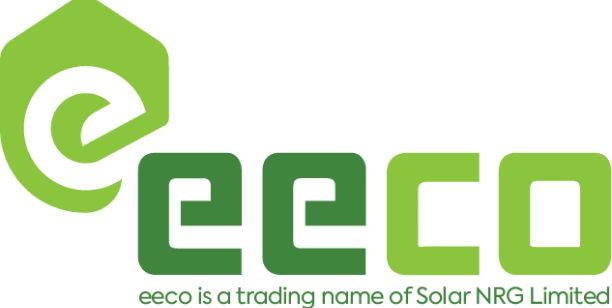Introduction to Photovoltaic Panels in Northern Ireland
Photovoltaic (PV) panels, crucial to solar energy systems in Northern Ireland as they transform sunlight into usable electricity. This guide explores the workings, significance, and benefits of PV panels, emphasising their role in renewable energy.
Understanding Photovoltaic (PV) Panels
PV panels, composed of multiple solar cells, convert sunlight directly into electricity via the photovoltaic effect. Made from semiconductor materials like silicon, these panels generate a flow of electrons when exposed to sunlight, creating direct current (DC) electricity. Photovoltaic panels in Northern Ireland are typically installed on rooftops or in solar farms.
How Photovoltaic Panels Work
The functioning of PV panels involves the interaction of sunlight with semiconductor materials:
- Absorption of Sunlight: Sunlight photons hit the PV panel surface, energizing electrons within the semiconductor material.
- Generation of Electric Current: Energized electrons move through the material, creating an electric current and producing DC electricity.
- Conversion via Inverters: Inverters transform DC electricity from the panels into alternating current (AC), which can power homes, businesses, or the electrical grid.
Types of Photovoltaic (PV) Panels
- Monocrystalline Panels: Made from single-crystal silicon, these panels are highly efficient and space-saving but are generally more expensive.
- Polycrystalline Panels: Composed of multiple silicon crystals, these panels are more affordable than monocrystalline panels but have slightly lower efficiency.
- Thin-Film Panels: Utilising thin layers of photovoltaic material applied onto substrates, these panels are cost-effective, flexible, lightweight, and suitable for various applications.
Advantages of Photovoltaic (PV) Panels in Northern Ireland
- Clean and Renewable Energy Source: PV panels harness solar energy, a clean and renewable resource, reducing reliance on fossil fuels and mitigating environmental impact.
- Low Operating Costs and Longevity: PV panels, once installed, have minimal operating costs and can last for decades with proper maintenance, providing a sustainable energy solution.
- Scalability and Versatility: PV panels can be installed in various sizes and configurations, making them suitable for diverse applications, from residential rooftops to large-scale solar farms.


